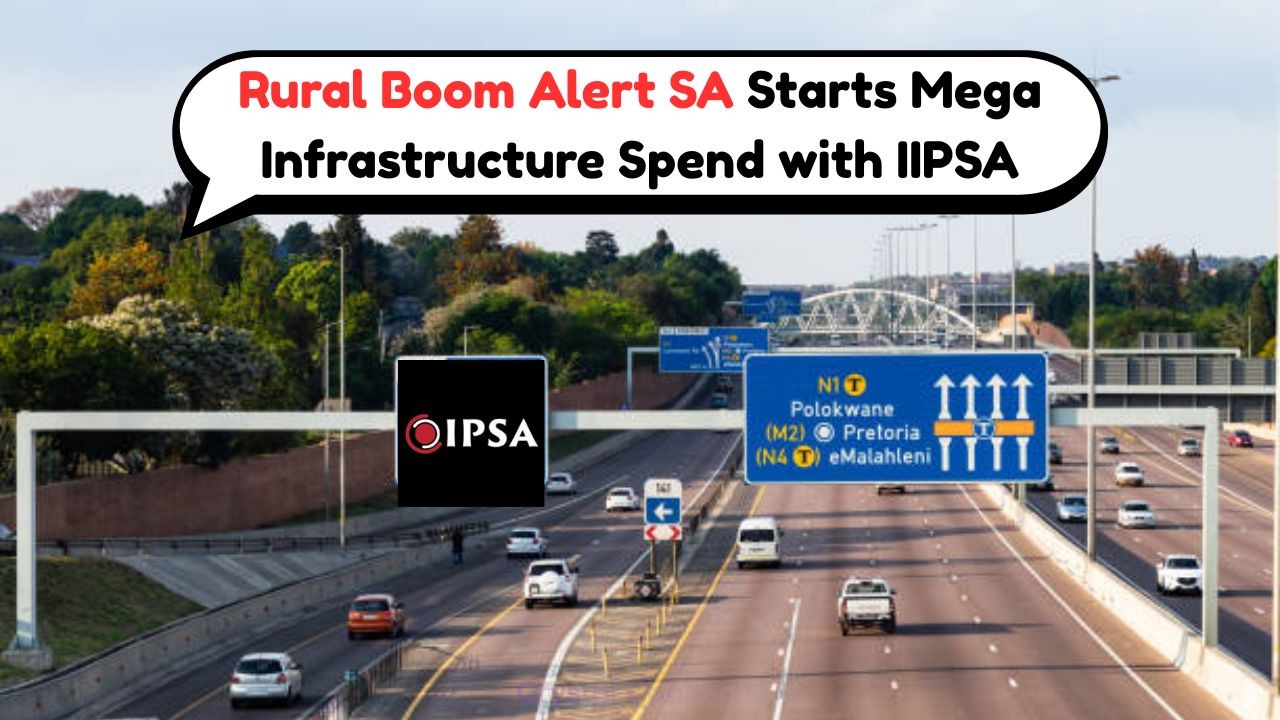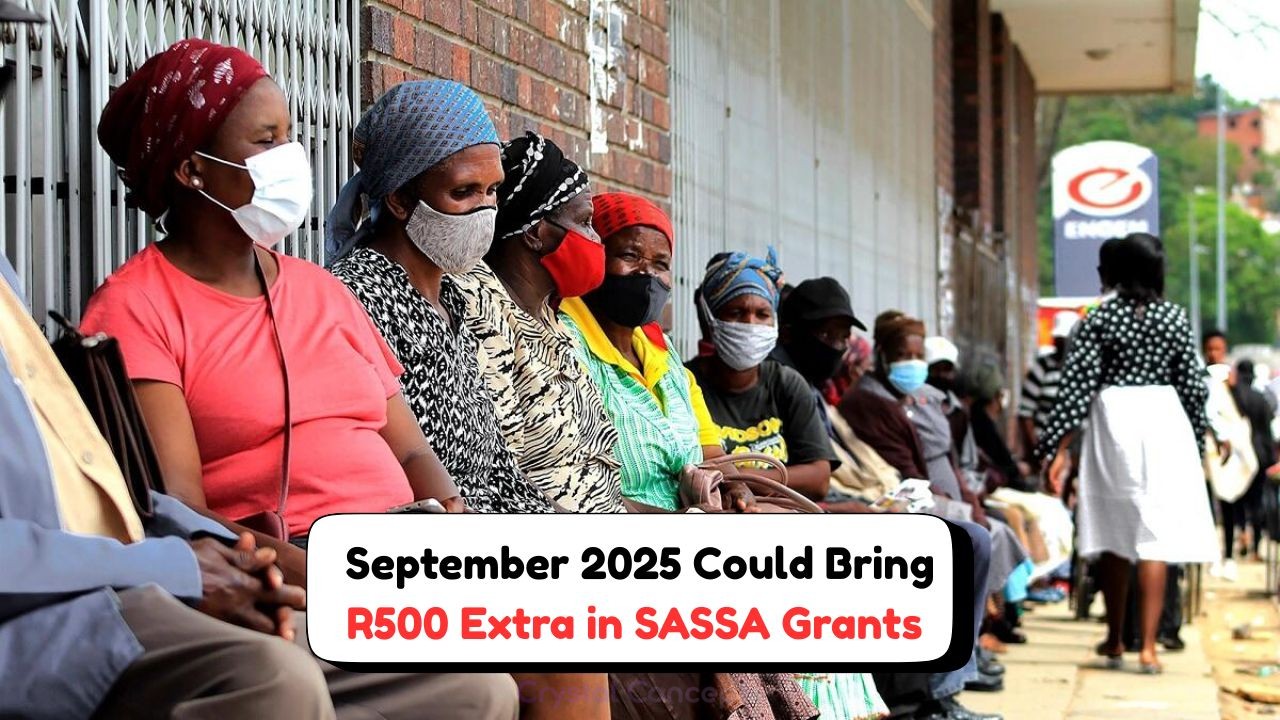South Africa’s neglected towns revival: In a significant move towards revitalizing the underdeveloped regions of South Africa, the government has committed millions to the restoration of housing and road infrastructure by the fourth quarter of 2025. This ambitious project aims to breathe new life into the country’s neglected towns, promising not only improved living conditions but also an economic boost for local communities. The initiative is expected to create thousands of jobs and stimulate growth in regions that have long been overlooked. As South Africa strides towards progress, these developments highlight the government’s dedication to uplifting all its citizens.
Transformative Impact on Housing and Roads
The allocated funds for the revival of South Africa’s neglected towns will primarily focus on two critical areas: housing and road infrastructure. Modern, safe, and affordable housing is a cornerstone for community development, providing residents with security and dignity. Improved road networks, on the other hand, enhance accessibility, opening up these towns to new opportunities and facilitating economic activities. This initiative will see the construction of thousands of housing units, catering to the varying needs of the population. Additionally, road networks will be expanded and repaired, ensuring seamless connectivity within and beyond these towns. The transformative impact of these developments is anticipated to foster better living conditions and economic vibrancy.
- Construction of new housing units
- Repair and expansion of road networks
- Economic stimulation through job creation
- Increased accessibility and connectivity
- Improved living standards
- Strengthening of local economies
- Enhanced community development
Funding and Budget Allocation
The financial commitment for this initiative is substantial, with millions earmarked specifically for the development of housing and roads. The budget will be distributed across various projects, each aimed at tackling specific infrastructural challenges within these neglected towns. This strategic allocation of funds is designed to maximize impact, ensuring that resources are used efficiently and effectively. The government’s plan outlines a phased approach, with initial focus areas prioritized based on urgency and potential for impact. This methodical allocation of funds is a testament to the government’s commitment to ensuring sustainable and long-lasting improvements for these communities.
 Discover the Complete SASSA Payment Calendar for August–September: Key Dates & Categories Unveiled!
Discover the Complete SASSA Payment Calendar for August–September: Key Dates & Categories Unveiled!
| Project | Allocation (millions) | Timeline |
|---|---|---|
| Housing Development | 200 | 2023-2025 |
| Road Construction | 150 | 2023-2025 |
| Community Facilities | 50 | 2024-2025 |
| Infrastructure Maintenance | 30 | 2024-2025 |
| Public Transport | 20 | 2023-2025 |
| Environmental Projects | 15 | 2024-2025 |
| Safety and Security | 25 | 2023-2025 |
Community Engagement and Benefits
Engaging local communities is a crucial aspect of this revitalization project. By involving residents in the planning and implementation phases, the government ensures that the developments meet the actual needs of the people. This participatory approach not only empowers communities but also fosters a sense of ownership and pride among residents. The benefits of this engagement are multi-faceted, ranging from job creation to improved public services. As communities gain access to better infrastructure and housing, there is a ripple effect of positive change, enhancing overall quality of life and paving the way for future growth.
 Starting 5 September: How to Secure Your R450 Monthly Fuel Support with SASSA's New Subsidy Card!
Starting 5 September: How to Secure Your R450 Monthly Fuel Support with SASSA's New Subsidy Card!
- Inclusive planning with community input
- Creation of local job opportunities
- Development of public services
- Empowerment of residents
- Improved quality of life
- Strengthened local economies
- Enhanced community spirit
Infrastructure Development Timeline
| Phase | Activities | Completion Date | Impact | Status |
|---|---|---|---|---|
| Phase 1 | Initial Planning | Q1 2023 | Blueprint Design | Completed |
| Phase 2 | Community Consultation | Q2 2023 | Engagement Strategies | Ongoing |
| Phase 3 | Construction Start | Q3 2023 | Infrastructure Setup | Pending |
| Phase 4 | Mid-Project Review | Q4 2024 | Assessment and Adjustment | Pending |
| Phase 5 | Project Completion | Q4 2025 | Full Operationalization | Pending |
| Phase 6 | Post-Implementation Evaluation | Q1 2026 | Impact Analysis | Pending |
| Phase 7 | Continuous Maintenance | Ongoing | Sustainability | Pending |
Challenges and Solutions in Revamping Neglected Towns
The journey towards revamping South Africa’s neglected towns is not without its challenges. One of the significant hurdles is the need for seamless coordination among multiple stakeholders, including government agencies, local authorities, and private partners. Additionally, ensuring timely delivery of projects while maintaining quality standards poses another layer of complexity. However, the government has devised strategic solutions to address these challenges. By implementing robust project management frameworks and fostering partnerships with experienced entities, the government aims to ensure the timely and successful completion of the projects. Continuous monitoring and evaluation will also play a critical role in identifying potential bottlenecks and implementing necessary adjustments promptly.
- Stakeholder coordination
- Ensuring project quality
- Timely project delivery
- Robust project management
- Partnerships with experts
- Continuous monitoring and evaluation
- Strategic adjustments
Potential Economic Growth in Revived Towns
| Sector | Growth Potential |
|---|---|
| Construction | High |
| Transport | Moderate |
| Retail | High |
| Tourism | Low |
Long-term Vision for South Africa’s Towns
With the revival of its neglected towns, South Africa aims to establish a sustainable and inclusive future. The long-term vision encompasses not only infrastructural development but also socio-economic empowerment of its citizens. By fostering a balanced growth model, the government seeks to reduce regional disparities and create a unified national identity. This vision is supported by policies that promote innovation, entrepreneurship, and environmental sustainability. As South Africa moves forward, the focus remains on building resilient communities that can adapt to changing circumstances and thrive in a globalized world.
- Sustainable infrastructure
- Socio-economic empowerment
- Balanced regional growth
- National unity
- Promotion of innovation
FAQ Section
What is the main goal of the revival project?
The main goal is to improve living conditions and stimulate economic growth in neglected towns through infrastructure development.
How will the funds be used?
The funds will be allocated to housing, road infrastructure, and community facilities to enhance accessibility and living standards.
Who will benefit from this initiative?
Residents of neglected towns will benefit through improved infrastructure, job opportunities, and better public services.
What challenges does the project face?
The project faces challenges such as stakeholder coordination and ensuring timely project delivery, which are being addressed with strategic solutions.







